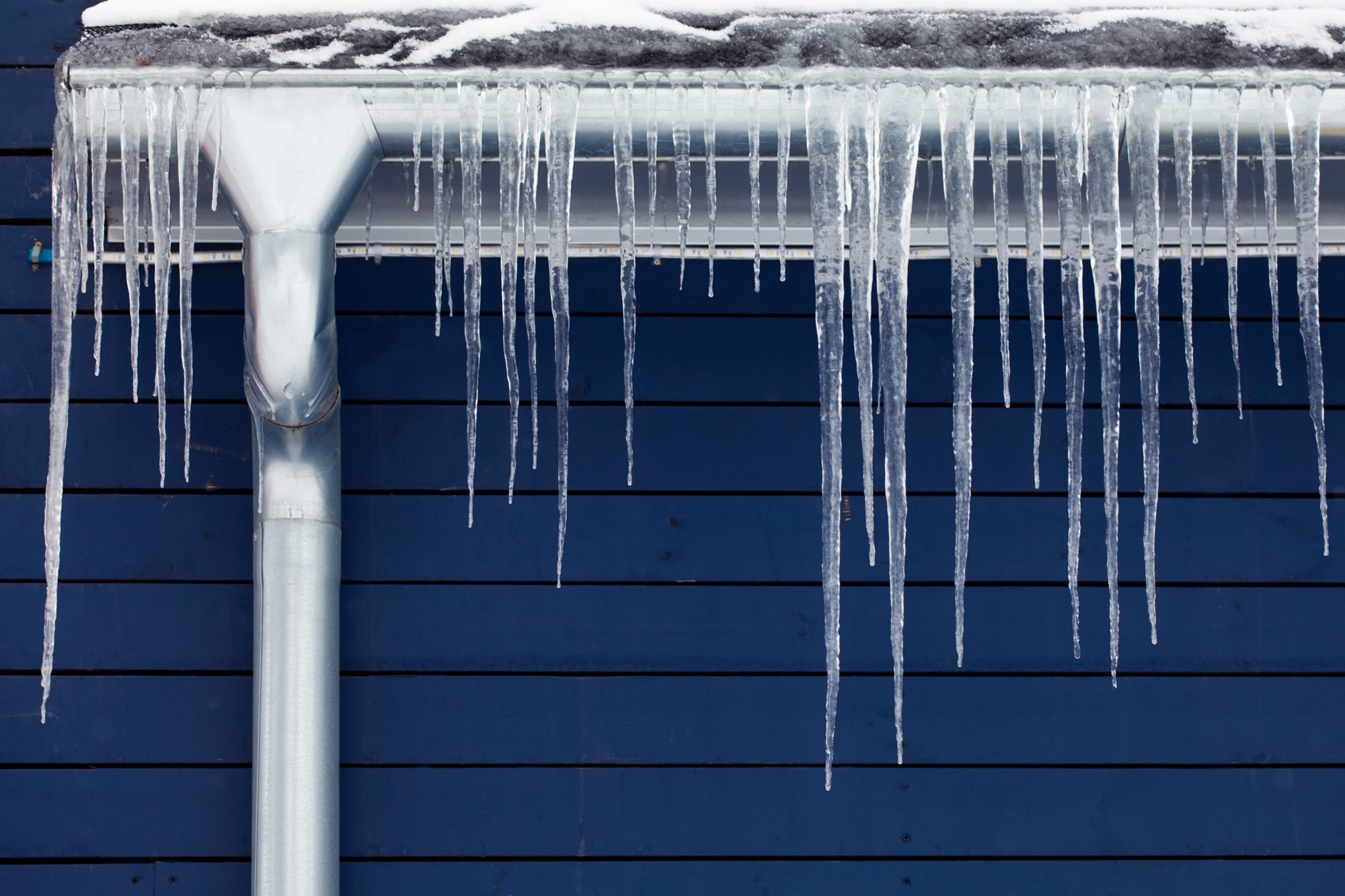Avoiding Frozen Pipes: Top Methods for Cold Weather
Avoiding Frozen Pipes: Top Methods for Cold Weather
Blog Article
We have stumbled upon this great article on How To Avoid Freezing Pipes down the page on the web and accepted it made sense to discuss it with you here.

Cold weather can wreak havoc on your pipes, particularly by freezing pipes. Here's just how to avoid it from happening and what to do if it does.
Introduction
As temperatures decrease, the danger of frozen pipelines increases, potentially resulting in expensive repairs and water damages. Comprehending just how to stop icy pipelines is crucial for property owners in cold climates.
Prevention Tips
Shielding vulnerable pipes
Cover pipes in insulation sleeves or use warm tape to safeguard them from freezing temperatures. Focus on pipelines in unheated or outside locations of the home.
Heating techniques
Keep interior rooms properly heated up, specifically locations with plumbing. Open up cabinet doors to enable cozy air to distribute around pipes under sinks.
Exactly how to recognize frozen pipelines
Seek lowered water circulation from taps, unusual odors or noises from pipes, and visible frost on revealed pipelines.
Long-Term Solutions
Structural changes
Consider rerouting pipelines far from exterior wall surfaces or unheated areas. Include additional insulation to attics, basements, and crawl spaces.
Upgrading insulation
Invest in high-quality insulation for pipelines, attics, and walls. Appropriate insulation aids maintain constant temperatures and reduces the danger of icy pipelines.
Safeguarding Exterior Pipes
Yard pipes and outdoor taps
Disconnect and drain yard hose pipes before winter. Install frost-proof spigots or cover exterior faucets with shielded caps.
Understanding Frozen Pipes
What triggers pipelines to freeze?
Pipes ice up when exposed to temperature levels listed below 32 ° F (0 ° C) for extended durations. As water inside the pipelines ices up, it increases, putting pressure on the pipe wall surfaces and possibly creating them to rupture.
Threats and problems
Icy pipelines can cause water disturbances, residential or commercial property damages, and pricey repair services. Burst pipes can flooding homes and cause considerable architectural damage.
Indicators of Frozen Water Lines
Identifying icy pipes early can stop them from bursting.
What to Do If Your Pipelines Freeze
Immediate actions to take
If you presume frozen pipelines, maintain faucets open up to alleviate stress as the ice melts. Utilize a hairdryer or towels taken in warm water to thaw pipes gradually.
Final thought
Stopping frozen pipelines needs proactive procedures and quick actions. By comprehending the reasons, indications, and safety nets, house owners can shield their pipes throughout cold weather.
5 Ways to Prevent Frozen Pipes
Drain Outdoor Faucets and Disconnect Hoses
First, close the shut-off valve that controls the flow of water in the pipe to your outdoor faucet. Then, head outside to disconnect and drain your hose and open the outdoor faucet to allow the water to completely drain out of the line. Turn off the faucet when done. Finally, head back to the shut-off valve and drain the remaining water inside the pipe into a bucket or container. Additionally, if you have a home irrigation system, you should consider hiring an expert to clear the system of water each year.
Insulate Pipes
One of the best and most cost-effective methods for preventing frozen water pipes is to wrap your pipes with insulation. This is especially important for areas in your home that aren’t exposed to heat, such as an attic. We suggest using foam sleeves, which can typically be found at your local hardware store.
Keep Heat Running at 65
Your pipes are located inside your walls, and the temperature there is much colder than the rest of the house. To prevent your pipes from freezing, The Insurance Information Institute suggests that you keep your home heated to at least 65 degrees, even when traveling. You may want to invest in smart devices that can keep an eye on the temperature in your home while you’re away.
Leave Water Dripping
Moving water — even a small trickle — can prevent ice from forming inside your pipes. When freezing temps are imminent, start a drip of water from all faucets that serve exposed pipes. Leaving a few faucets running will also help relieve pressure inside the pipes and help prevent a rupture if the water inside freezes.
Open Cupboard Doors
Warm your kitchen and bathroom pipes by opening cupboards and vanities. You should also leave your interior doors ajar to help warm air circulate evenly throughout your home.

I am very eager about Helpful Tips to Prevent Frozen Pipes this Winter and I'm hoping you liked my entry. Do you know about somebody who is very much interested in How to Prevent Your Pipes From Freezing? Take a moment to share it. Thank-you for going through it.
Click Here Report this page